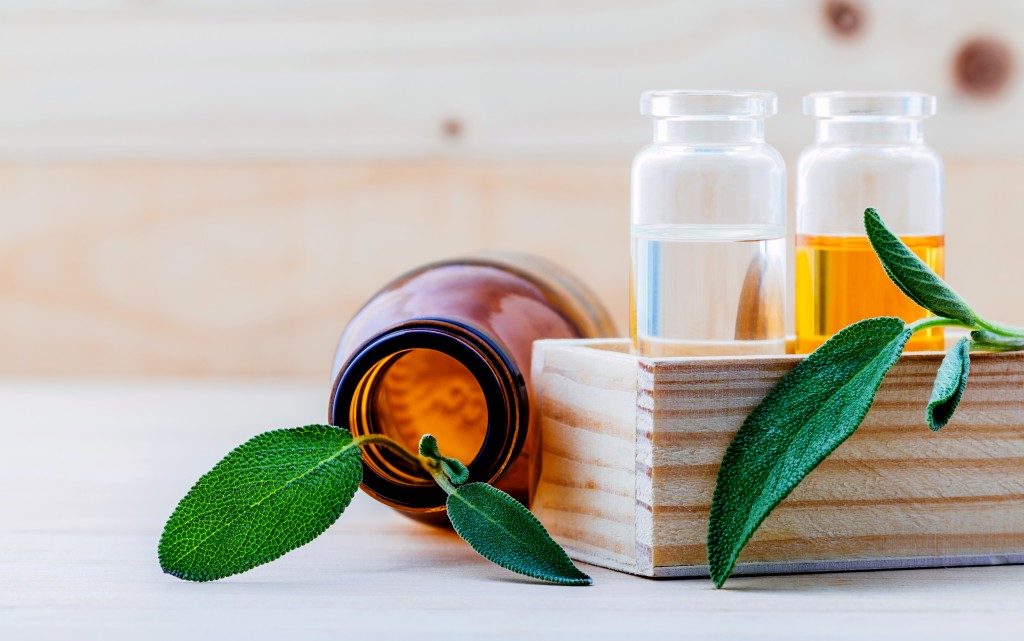France is considered the center of the perfume world, with many heritage perfumeries founded in various French cities. People from across Europe have always looked to perfume houses here for the latest stylish scents and new techniques to capture the fragrance from flowers, wood, and other materials.
It comes as no surprise, therefore, that French perfumeries trace their origins to the Sun King, Louis XIV. He famously built the Palace of Versailles and installed his perfumed court there, where it stayed until the French Revolution a century later.
The Perfumed Court of the Sun King
The story of France’s perfume prowess began when Louis XIV built his palace on swampland and made it his permanent residence. His court followed, and soon Versailles housed many noblemen, ministers, and ambassadors.
The problem, however, was that high society did not believe in the power of baths. They believed water spread diseases, so the less you bathe, the less vulnerable you are. Several hundred years before flush toilets and bidet seats became fashionable, the nobility relied on perfume. In fact, applying these fragrances were not just about smelling pleasant—odors were tied to medicine and cleanliness.
As such, the grooming regimen of both men and women involved hefty amounts of fragrant elixirs. They were even sprayed onto furniture and, according to hearsay, the fountains. Perfume has become so in-demand and widely used that Louis’ court earned the nickname “the perfumed court.”

The Successor of the Perfumed Court
The Sun King is not the only one to be surrounded by fragrant courtiers; his successor and great-grandson, Louis XV, also made Versailles fragrant. At the helm of the perfume trend during his reign was his mistress, Marquise de Pompadour. According to some accounts, she spent almost a million francs on perfumes in a single year.
Courtiers weren’t left behind in the excesses. The Countess de Saint-Hermine hoarded perfumed garters, while the abbe d’Osmond went bankrupt for his love of violet powder. During this time, perfume had become the main item in noble households.
Such was the consumption of perfumes that competition in the fragrance industry was fierce. Montpellier and Grasse, two proud perfume communities, outdid each other to supply fragrances to the nobility. Today, Grasse still holds the title The Perfume Capital of the World.
The Last Perfumed Court
As far as perfumes are concerned, there was one glamorous figure every perfumer wanted to please: Marie Antoinette, the wife of King Louis XVI. The queen, known for her looks and fashionable taste, also led the perfume craze in her husband’s court.
By this time, perfume was no longer a means to stay clean — Marie Antoinette herself bathed every day to remove dirt from her body. Perfume has become more about art than hygiene, which spawned ever wilder creations and combinations of scents.
When the French Revolution erupted, the members of the perfumed nobility were either exiled or executed. Leading perfumers scaled down their operations, until the 500-year-old perfumer’s guild, the maîtres gantiers-parfumeurs was destroyed in 1791.
The fascination for fragrances, however, did not abate. As time went on, France’s perfume industry rebounded. Today, it’s one of the biggest creators and suppliers of perfumes, keeping everyone—not just the nobility—fresh and fragrant.



